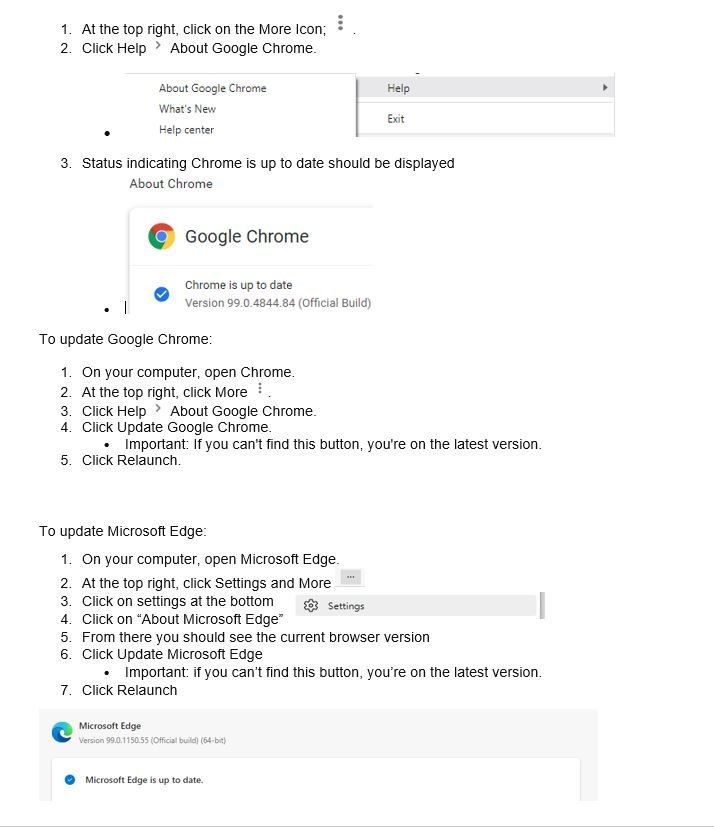
CYBER SECURITY CONSULTING SERVICE AWARDS AND RECOGNITIONS
CyberSecOp's comprehensive managed security services, cyber security consulting, professional services, and data protection technology are recognized as industry-leading threat detection and response solutions by major analyst firms, key media outlets, and others.
Chrome and Edge Should Be Updated Due to a Zero-Day Vulnerability
Google and Edge has released an update to remediate a critical zero-day chrome exploit. The zero-day is a weakness in Edge and Chrome's JavaScript engine that can be used by hackers to inject their code into your browser. Google explains for zero-day exploit CVE-2022-1096, first reported to the company by an anonymous tip on March 23. As part of our commitment to continuous support in security monitoring and enhancement we advise all clients to update to Chrome version 99.0.4844.84 and Microsoft Edge 99.0.1150.55 of as soon as possible.
DETAILS AND REMEDY FOR MICROSOFT AND GOOGLE
At this time Microsoft and Google won't provide much more information other than admitting there have already been attacks leveraging this zero-day weakness and keeping some information away from the public as a safety measure, stating that full details on how the exploit worked won't be made public until most users have the fix. Fortunately, this time Microsoft and Google was apparently able to issue a patch before the exploit became widely known.
Normally Chrome updates happen in the background when you close and reopen your computer's browser.
Microsoft issued its own notice and said the issue was fixed in Edge.
Please follow the steps below to ensure you have the latest version of Chrome.
Remediation Efforts
On your computer, open Chrome.
Author: Tanvir Ahmed
Microsoft's Emergency Internet Explorer Patch - Kills Lenovo Laptops
Only a few days ago, Microsoft released an emergency Internet Explorer patch bundled in a cumulative update. The patch was rolled out to fix the zero-day vulnerability in Internet Explorer first discovered by a
However, it seems like the patch is creating more problems than fixing them. Out of many known issues, as mentioned by Microsoft in the changelog, one can be regarded as a more severe issue since it is leaving many Lenovo laptops unbootable after installing the patch.
Microsoft mentions that the issue is only affecting Windows 10 users who have a Lenovo laptop that has less than 8 GB RAM. On the other hand, few sources tell that the issue has only affected PC’s that are still on the 1607 version, or Windows 10 Anviersary Update (2016).
Considering only enterprise PCs have the ability to delay updates, they are most likely have been affected by the unbootable issue.
If you have installed the latest “KB4467691” cumulative update on your PC, and are facing the same issue, here are some steps that Microsoft wants you to follow —
Restart the affected machine using UEFI. After this, disable Secure Boot and then perform restart.
If BitLocker is enabled on your computer, you may have to go through BitLocker recovery after Secure Boot has been disabled.




